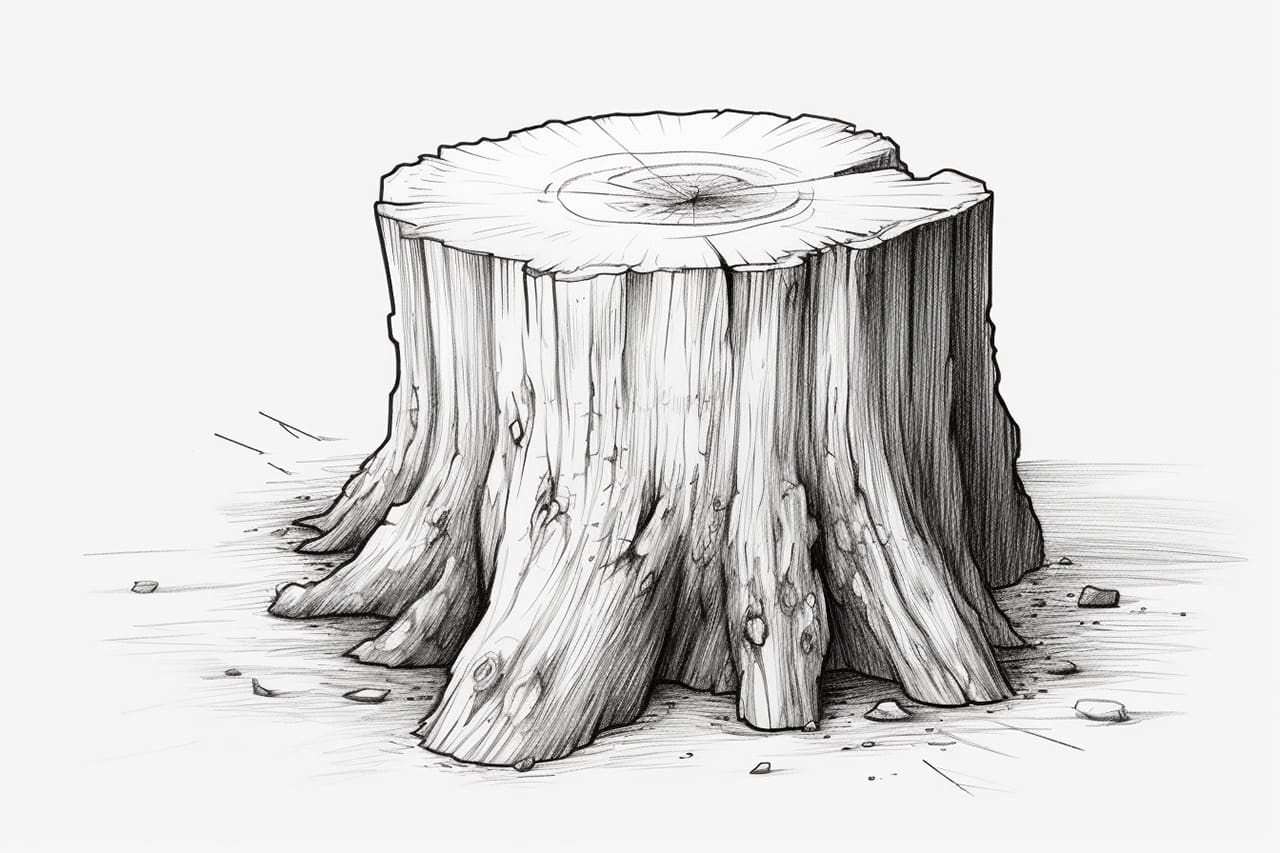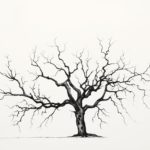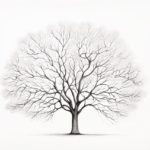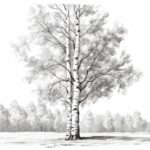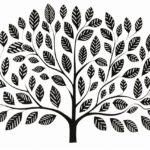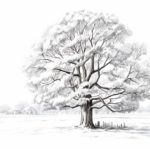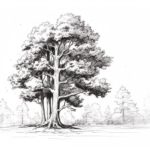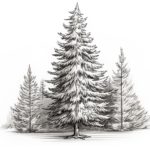Welcome to this step-by-step guide on how to draw a realistic tree stump. Whether you are an experienced artist looking to improve your skills or a beginner wanting to learn a new technique, this tutorial will provide you with the necessary instructions to create a lifelike representation of a tree stump. So grab your pencils and let’s get started!
Materials Required
Before we begin, let’s gather the materials you will need for this drawing tutorial:
- Drawing paper (preferably a heavier weight paper)
- Pencils (a range of graphite pencils, such as HB, 2B, 4B, and 6B)
- Eraser (a kneaded eraser is recommended for easy shaping)
- Blending stump or tortillon (optional, but can be useful for blending)
Now that you have all the necessary materials, let’s move on to the steps involved in drawing a tree stump.
Step 1: Outline the Basic Shape
Start by lightly sketching the basic shape of the tree stump using a pencil. Keep in mind that tree stumps can come in various sizes and shapes, so you have the flexibility to be creative. Begin with a rough outline of the stump, considering the overall form and any visible irregularities.
Step 2: Add Texture and Detail
Once you have the basic shape outlined, it’s time to add texture and detail to your drawing. Pay attention to the surface of the tree stump, as it often contains cracks, ridges, and other distinctive features. Use varying pencil pressures to create different shades and tones, capturing the rough texture of the wood.
Step 3: Create Depth with Shading
To give your tree stump drawing a three-dimensional appearance, focus on adding shading. Observe the light source in your reference image (or imagine one) and determine where the shadows would fall. Use lighter pencil strokes for the highlights and gradually build up darker tones for the shadows. This will help create depth and bring your drawing to life.
Step 4: Refine the Details
Now that you have established the basic shape and added shading, it’s time to refine the details. Pay attention to any smaller features on the tree stump, such as knots, bark texture, or moss. Use your reference image as a guide and gently add these details to your drawing, ensuring that they are in proportion to the overall composition.
Step 5: Blend for a Smooth Finish (Optional)
If you prefer a smoother finish to your drawing, consider using a blending stump or tortillon to blend the pencil strokes together. This can help create a more polished and realistic appearance, particularly in areas where the wood grain should be smoother.
Step 6: Finalize Your Drawing
Take a step back and assess your drawing. Make any necessary adjustments or additions to ensure accuracy and balance. Pay attention to the overall composition, and feel free to add any additional details or elements that you think would enhance your drawing. Once you are satisfied with the result, you can consider your tree stump drawing complete.
Conclusion
Congratulations on completing your realistic tree stump drawing! By following the steps outlined in this tutorial, you have learned how to capture the texture, shading, and details that make a tree stump come to life on paper. Remember, practice is key to improving your drawing skills, so don’t hesitate to experiment with different techniques and subjects.
If you enjoyed this tutorial on how to draw a tree stump, continue exploring your artistic abilities by tackling other natural elements, such as rocks, leaves, or trees. With each drawing, you will gain more confidence and refine your skills as an artist. So keep creating and enjoy the process!

